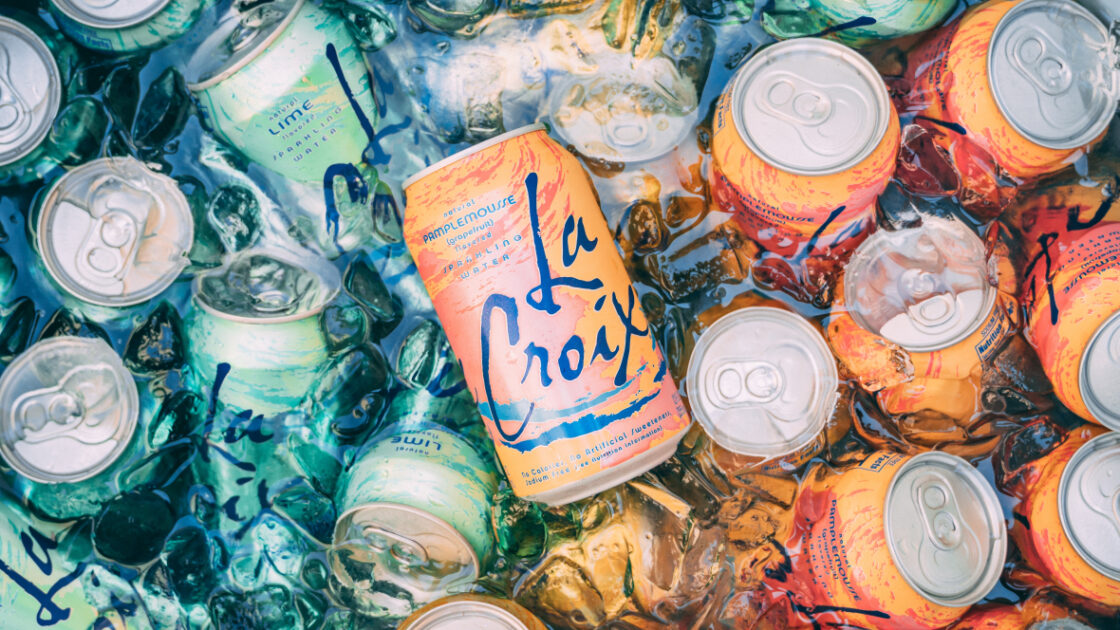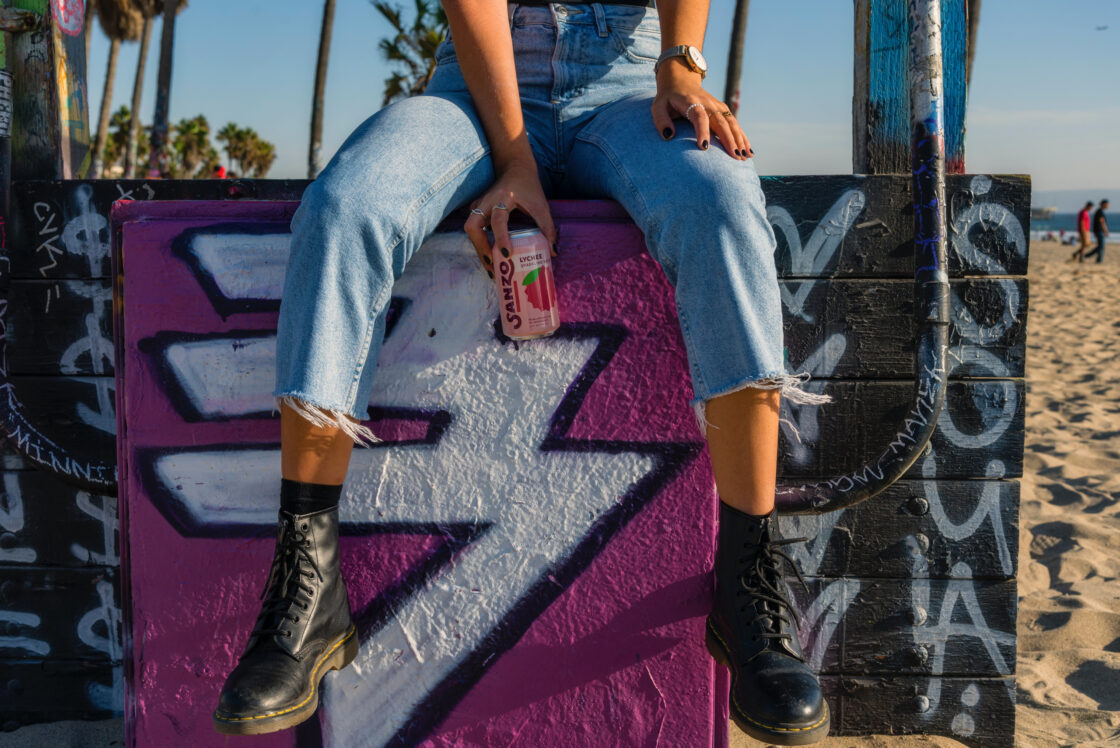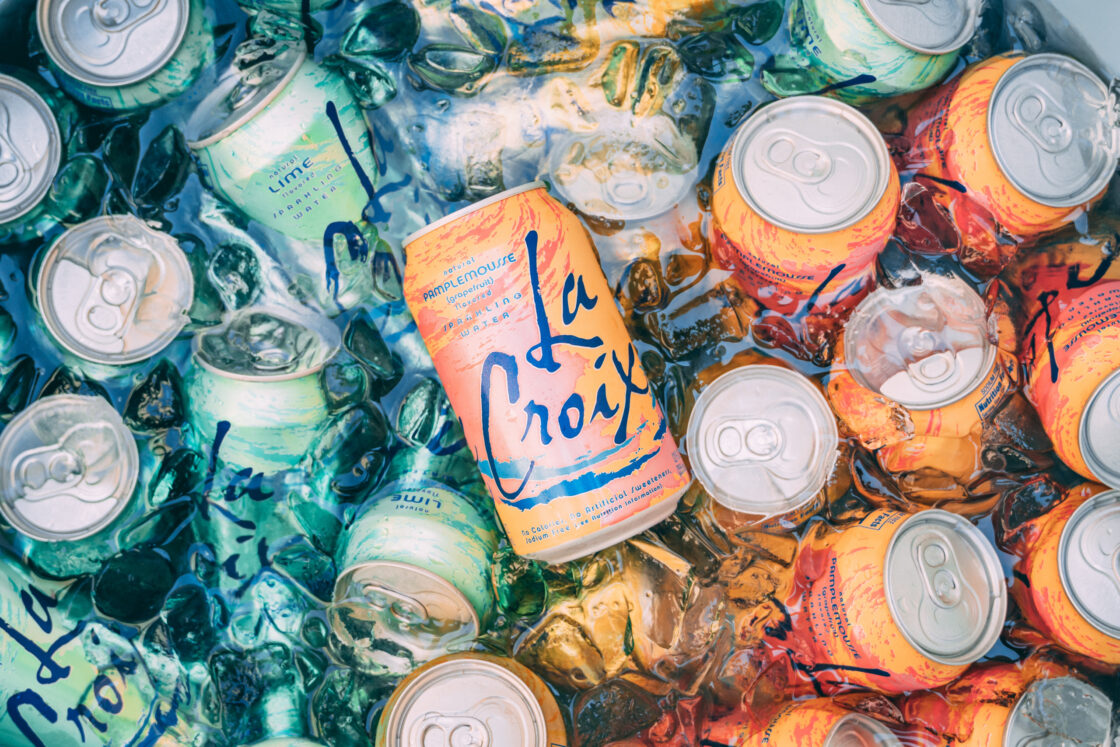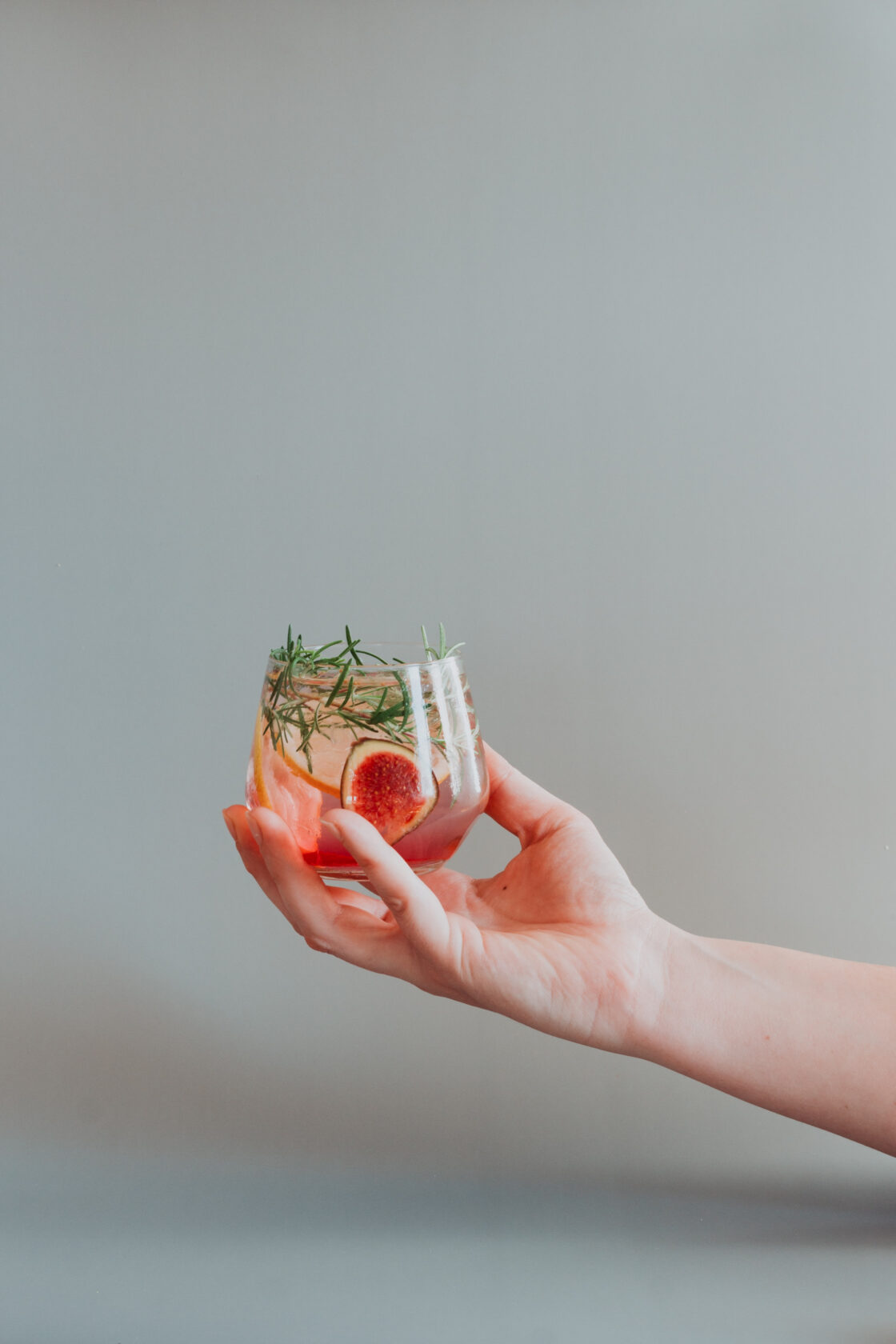‘Forever Chemicals’ In Your Sparkling Water: Is It Safe to Drink?
Consumer Reports finds PFAS in top sparkling water brands.

Bottled water is having a moment. And not in a good way. Plastic water bottles are among the most common pieces of ocean trash, contributing to the more than eight million tons of plastic dumped into the oceans each year. Cans and glass aren’t much better; according to the EPA, while 75 percent of our current waste stream is recyclable, only about 30 percent is properly recycled.
Millions of people have cut back on single-serve beverages to help do their part for the planet, but they still make exceptions for “value-added” products, like sparkling water. But a recent Consumer Reports investigation may change that.
The report shows high levels of PFAS, also known as “forever chemicals” because they can persist in the body, in a number of popular sparkling water brands. The findings show they may not be the best choice for your health or the planet. So, should you still drink sparkling water?

What are PFAS Chemicals?
Per- and polyfluoroalkyl substances (PFAS) are chemicals that include PFOA, PFOS, and GenX, among thousands of others. Developed in the 1940s, PFAS chemicals quickly became a popular choice in the manufacturing of nonstick cookware. Even if you avoid coated cookware (like Teflon, see our Guide to Non-Toxic Cookware to Keep Chemicals Out of Your Food ) these days, you’re likely, and possibly frequently, exposed to PFAS. For example, if you’ve ordered any takeout food in the last eight months (who hasn’t?), they’re often found in coated takeout containers like pizza boxes. They’re also used in firefighting foam, water- and stain-resistant textiles and materials, and various other protective coating applications.
Water supplies, especially those located near industrial facilities that use or produce PFAS, carry a higher risk of contamination, but most of the country is incredibly vulnerable, as PFAS contamination levels are still not regulated. As many as 110 million Americans may be exposed to PFAS in their drinking water. That’s more than 30 percent of all Americans at risk. According to Consumer Reports, tests have found PFAS in more than 1,400 municipal water supplies in 49 states.
The harmful chemicals are found in food, either by exposure to packaging made with the chemicals or by way of contaminated soil and water. They’re also present in household products, various cleaning products, waxes, and polishes. Likewise, they can be found in certain work environments, where they’re used in manufacturing.
According to Dr. Abe Malkin, Founder and Medical Director of Concierge MD LA, the EPA has been investigating the risks of PFAS in water since the 1990s without formally regulating them.
“Exposure to high levels of PFAS can have an adverse effect on the immune system,” he says, pointing to risks such as hormone interference, increased cholesterol levels, and elevated risks of certain cancers. And this is no surprise to companies producing them. While the general public wouldn’t know of the health risks connected to PFAS for decades, documents show manufacturers including DuPont and 3M were aware of the hazards as early as the 1960s but failed to alert the public to the risks. By the 1990s, PFAS manufacturers knew that exposure could cause some forms of cancer.

PFAS In Your Sparkling Water
In September, Consumer Reports released the results of tests it ran on sparkling and non-sparkling water brands to determine the trace amounts of heavy metals and PFAS chemicals. A dozen sparkling brands were tested including best-sellers Dasani, San Pellegrino, Perrier, and La Croix.
While the samples for sparkling water all fell below the recommended limits for heavy metals, the PFAS levels raised some concerns, and according to the tests, sparkling waters were more likely to test positive for PFAS than the flat water samples. Brands that tested above 1 ppt (part per trillion) included Perrier, La Croix, Canada Dry, Poland Spring, Bubly, Polar, and Topo Chico.
But how did the chemicals get there?
“There are a few possible reasons,” Consumer Reports notes. Possibilities include the carbonation process, the source water being contaminated, or some treatments to remove chemicals not being as effective as others.
Consumer Reports says all companies except for Bubly responded to inquiries. “La Croix and Canada Dry said levels in their products were well below current standards or requirements,” it noted. “Topo Chico, made by Coca-Cola and with the highest PFAS levels in CR’s tests, said it would ‘continue to make improvements to prepare for more stringent standards in the future.’ Nestlé, maker of Poland Spring and Perrier, said that its recent testing did not detect PFAS and that it supports efforts to set federal limits. LaCroix and Polar challenged how CR arrived at our total PFAS amounts.”
Montane Sparkling Water told Organic Authority that despite the lacking regulations, it has “always tested for PFAS chemicals.” Founder Hollis Calloway says “everyone in the industry tests for PFAS,” but that the multinational corporations like Coca-Cola and Nestlé “just care more about profits than safety.” That means they could be deprioritizing testing.
And they can. Despite the risks, the EPA has yet to regulate PFAS levels in drinking water. According to Consumer Reports’ director of food policy, Brian Ronholm, the findings are further proof that the EPA needs to take action.
Ronholm highlights the fact that some brands are able to keep PFAS out of their products. “The fact that so many brands had total PFAS below 1 ppt shows it is feasible to get to more protective levels,” he says.
“I first asked the EPA more than 19 years ago… and we are still waiting for a comprehensive, national response,” Robert Bilott, an attorney who led a class action lawsuit in the 2000s that accused the chemical company DuPont of contaminating drinking water in the Ohio River Valley with PFAS, told Consumer Reports.

Are There Safe Sparkling Water Options?
All of the brands tested by Consumer Reports were within limits largely regarded as safe; one part per trillion is the limit recommended as safe by the Environmental Working Group, the equivalent of roughly one grain of sand in an olympic-sized swimming pool.
“But some experts say even 1 ppt is too high,” Consumer Reports notes. It points to a 2019 Natural Resources Defense Council report that, while acknowledging toxicity data are limited, went on to say but said that a zero-tolerance is needed “to provide an adequate margin of safety to protect public health from a class of chemicals that is characterized by extreme persistence, high mobility, and is associated with a multitude of different types of toxicity at very low levels of exposure.”
Consumer Reports notes that the EPA “won’t comment” on a proposed 1 ppt limit, saying it would be “inappropriate to prejudge the outcome” because the regulatory process is currently in progress.
Several of the brands tested a bit above 1ppt, with Topo Chico testing highest.
But that doesn’t mean brands not on the list are any worse or better. As long as the regulatory processes for safety are largely voluntary, it will continue to be difficult for consumers to know what the safest products are. Popular brand La Croix, for example, continues to top “best sparkling water lists,” and a 2019 best of list in Women’s Health curated by dieticians included several of the brands on Consumer Reports’ list, including Perrier, La Croix, and Bubly.
To stay safe, consumers can inquire with brands directly about testing and safety measures if there isn’t information readily available on their websites and steer clear of other possible PFAS exposures, like choosing non-toxic nonstick cookware. Another option is to make your own sparkling water. Products like Aarke Premium Carbonator, and DrinkMate allow you to make sparkling water on demand with the push of a button. And they solve another problem bottled sparkling water can’t, no matter how clean the water is: no more plastic bottle waste.
Related on Organic Authority
How Much Water Should You Really Be Drinking Every Day?
9 Hydrating Foods: Don’t Just Drink Your Water, Eat Your Water
How Dehydration Affects Cognitive Function (Plus How to Stay Hydrated)

